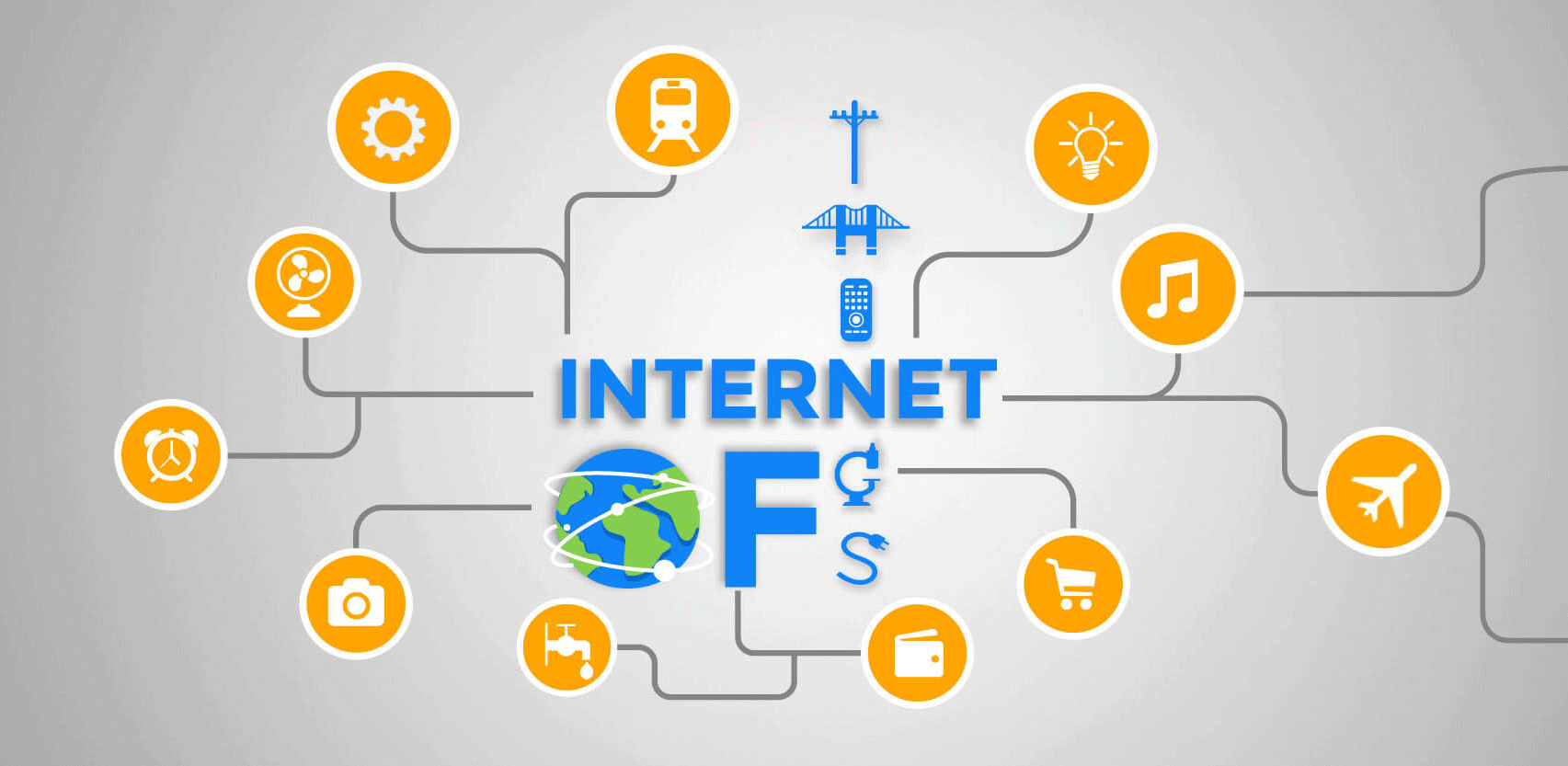Our love towards IoT
Internet of things is concept of connecting devices, sensors or anything that can be connected to internet to transmit and receive data to the cloud and processing these data into useful information that can help in decision making and also controlling and monitoring things, sensors and devices remotely.
History of IoT
According to Wikipedia The concept of a network of smart devices was discussed as early as 1982,with a modified Coke vending machine at Carnegie Mellon University becoming the first Internet-connected appliance, able to report its inventory and whether newly loaded drinks were cold or not. The term “Internet of things” was likely coined by Kevin Ashton of Procter & Gamble, later MIT’s Auto-ID centre, in 1999, though he prefers the phrase “Internet for things”. At that point, he viewed Radio-frequency identification (RFID) as essential to the Internet of things, which would allow computers to manage all individual things. A research article mentioning the Internet of Things was submitted to the conference for Nordic Researchers in Norway, in June 2002, which was preceded by an article published in Finnish in January 2002.The implementation described there was developed by Kary Framling and his team at Helsinki University of Technology and more closely matches the modern one, i.e. an information system infrastructure for implementing smart, connected objects.
How IoT works

To make a working IoT system these are the 4 major things to be considered.
Device and sensors: These devices, sensors are capable of transmitting and receiving data through different connectivity mediums like Bluetooth, WiFi, RFID etc and also storing them to the cloud using internet.
Internet connectivity: Active internet connectivity is needed for connecting devices, sensors to cloud so that they can send and receive data to cloud and also they can be controlled and monitored remotely.
Software / Application: Software or applications are created to process those data sent by sensors to acquire meaningful information that helps in decision making.
User Interface: User interfaces are required to present the information to user in more readable manner acquired by processing data sent by devices and sensors.
Now how these things work together?
Devices/Sensors are meant to capture data and send it to server/cloud via internet then these data are processed at server and finally shown to user using user interfaces. For example a water level sensor can be placed into a water tank to sense water level and it can send the water level readings to server over internet to the server. Now, on server there will be an application that continuously checking the data received from water level sensor, when it find that the tank is about to empty or about to overflow it can send a notification to the owner of house by SMS, mail, push notification etc. In order to make it more automated the water pump can be instructed then to on or off.Except from the Device and sensors, Internet connectivity, Software / Application and User Interface, there are also many things that come into consideration when it comes to create IoT, these include firmware, APIs, Apps, Gateways etc.
Use and Scope of IoT
There are immense uses if IOT in different field of business like agriculture, transportation, infrastructure, home automation etc.
Smart microwaves can cook your food for required length of time, wearable fitness devices can measure heart rate and number of steps, home automation allows you to connect your electronic appliances to internet to control and monitor it remotely.
So starting from healthcare, home automation, agriculture there are lots of examples shows IoT in action.